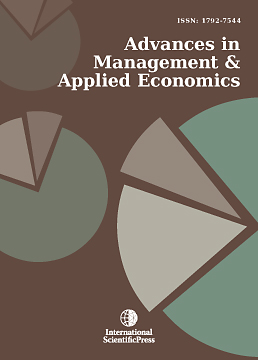Advances in Management and Applied Economics
Behavioral Biases in Economic and Financial Knowledge: Are They the Same for Men and Women?
-
 [ Download ]
[ Download ]
- Times downloaded: 12767
-
Abstract
Contemporary research documents various psychological aspects of economic thought and decision-making. The main goal of our study is to analyze the role of the hindsight bias (Fischhoff [20]) and the anchoring bias (Tversky and Kahneman [53]) in perceiving economic and financial information, and, in particular, the gender differences in the degree of these biases. Hindsight bias denotes people's tendency to overestimate, in hindsight, how predictable an outcome was in foresight, while anchoring bias refers to people's tendency to form their estimates for different categories, starting from a particular available, and often irrelevant, value and insufficiently adjusting their final judgments from this starting value. We carry out an experiment involving a group of MBA students, asking them to recall a number of recent economic and financial indicators (stock and bond market index returns, rates of inflation, currency exchange rates, etc.). We for document that significant hindsight and anchoring bias are exhibited, on average, each of our experimental questions and by vast majority of the participants. Furthermore, we document that women are more strongly affected by both behavioral biases. Possible reasons for this difference and potential implications are discussed.
